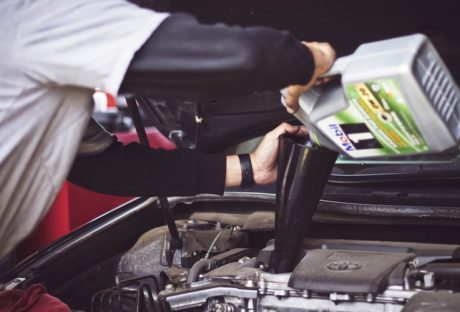Some people are committed to truck driving only for the monetary benefits associated with it. Obviously, truck driving can be an exciting job especially when you’re lucky to drive afar, see new places and get to interact with new people during your trips. Truck Driver can make the selection of time when to drive and how to drive? However, truck driving does come with lots of mishaps that can mar your experience while on the job.
Besides normal safety rules for driving trucks, there are a handful of tips you should always bear in mind to avoid discomfort and any other unpleasant experience. Luckily, this very article will show you the 5 clever tips every truck driver should bear in mind. Whether you’ve been driving for long or just beginning to try your hands on truck driving, you’ll likely benefit from following these tips.
Clever Tips To Keep In Mind From A Truck Driver Point Of View
Keep Your Diet Balanced and Healthy :
In reality, your diet can impact significantly on your truck driving experience. To stay alert and keep your eyes focused, it’s vital that you cut back on the intake of caffeinated substances. Also, try to stay away from most of the junk foods you find along the road. By doing this, you’re likely to improve in health and perform your driving job excellently.
As a truck driver, you’re expected to get items delivered within deadlines but again, you have to incorporate the need to stay healthy into your objectives.
Get Thrilled :
If you’re a truck driver who often travels across busy areas for prolonged hours, you’re damn likely to get bored. Of course, this is one of the things which make truck driving a seemingly tedious job.
For safety on the road and to keep you in a lively mood, you may have to listen to some of your favorite podcasts during driving sessions.
Stay Oriented with a GPS :
As a truck driver, you’re expected to have a clear sense of direction while driving but at times, you could get disorientated by some things. To avoid getting stuck in an instance like this, having some digital assistance will help you out.
Basically, a GPS system will provide you with the important needs for navigating routes but you shouldn’t be too dependent on the system.
Do Safety Check before Setting Out :
Whether you are an experienced truck driver or not, you should easily agree that doing a pre-trip safety check can go a long way to prevent you from most of the accidents that occur on the part of drivers. Before embarking on any trip, be sure your truck is in perfect working condition.
In addition to doing a pre-trip safety check, endeavor to equip your truck with essential repair tools in case you will have to do slight repairs during your trips. If this seems like too much to handle, you can utilize DOT compliance services to help manage pre-trip checks.
Other than that, having a comfortable 18 inch steering wheel can help you have better control of the truck. The use of truck fenders plastics too can avoid you many accidents. It is also good to make sure that your truck has stable dump truck bodies if you want to keep it on the road for longer.
Get Prepared for the Snowy Days :
The snowy days often surface during winter and of course, winter months can have a frustrating effect on your driving experience. In preparing for the snowy days of winter, ensure you’re practicing the safety precautions that will keep you and other drivers safe amidst unwelcome winter circumstances.
Read Also :






















